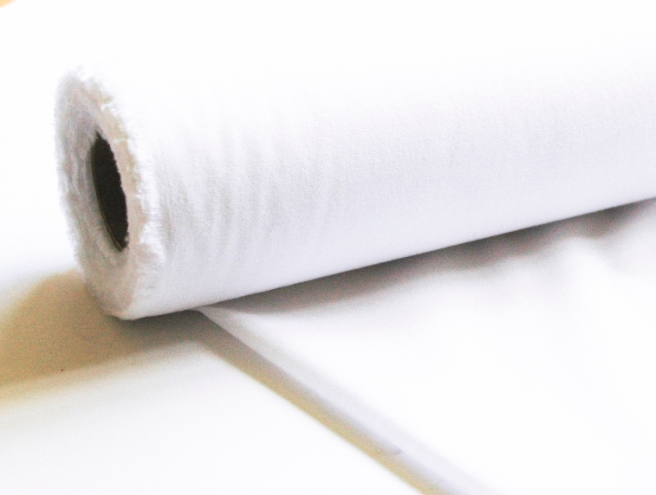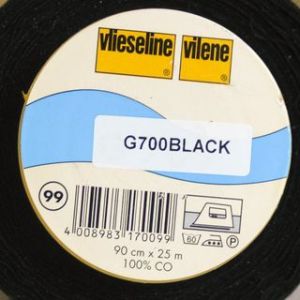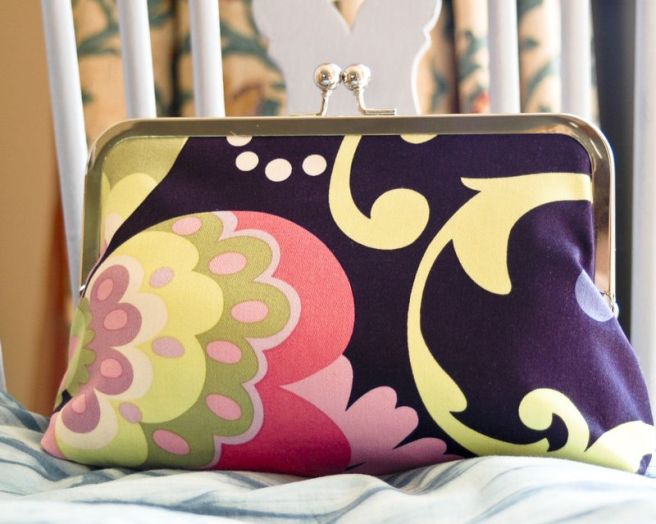I wrote this blog post quite a while ago now but it’s always been popular and although I’ve changed where my blog is hosted etc. I didn’t want to lose this fabric brooch tutorial in the process. So, I’m posting this here in the hope it can still be enjoyed.
Sorry that this has taken soooo long but here it is;
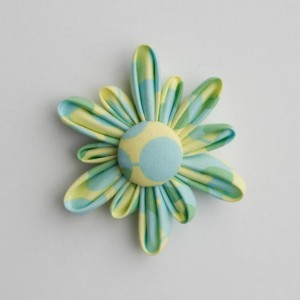
This is really a little origami with fabric, and it works out equally well in paper…. cards… maybe?
Requirements;
I made my brooch using all the same fabric, but it can look equally pretty if you make the large petals in one fabric and the small petals in a contrasting fabric. You can make the flower with petals all the same size if you wish and can even throw caution to the wind and have each petal in a different colour…. just have fun with it.
These flowers can be used as an embellishment for all kind of things – think of a smaller flower used to adorn headbands or hair clips or fixed on to bags.
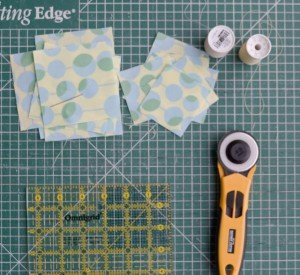
- fabric – enough to cut six 3 1/2 inch squares (for the large petals)
and six 2 1/2 inch squares (for the small petals)
- matching thread
- needle
- scissors
- button – for the centre. (Beads can look good too)
- brooch back
- a small piece of felt to create a backing for the flower
- fabric glue (optional)
This first step is a little unusual, thread your needle. (You’ll be grateful…. really you will) I use a double thread and tie a neat knot in the end. Then place a square of fabric right side facing down and fold diagonally, corner to corner to make a triangle.
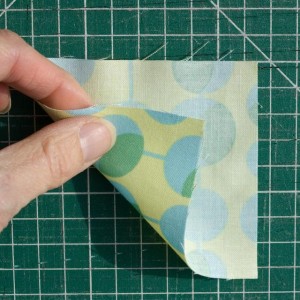
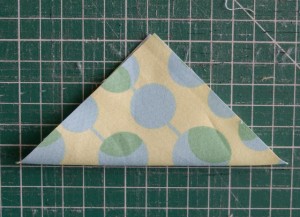
Next, take the bottom left corner of the triangle and fold it over to meet the point.
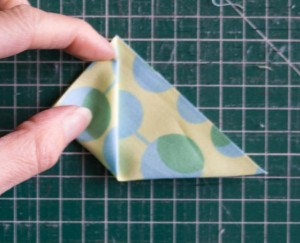
O.K. This next step will test how nimble your fingers really are….
Fold the bottom right corner over to meet at the top, in exactly the same way as you did with the first corner.
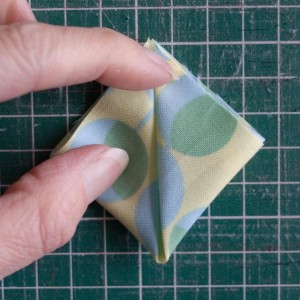
You are now looking at something which is square in shape with the folded seams down the middle.
Holding on firmly to the square, turn it over, so that it’s face down on your mat, table or whatever.
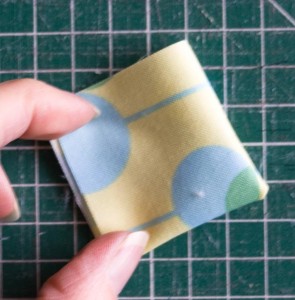
Can you still feel the folds with your finger? Bring the bottom corner over to the middle and hold in position.
.
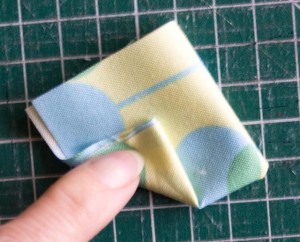
Then, fold the other corner into the middle. You should be looking at a kind of irregular shaped hexagon of fabric…..
which is probably making a bid for freedom, trying to escape and unfold itself, but onwards….
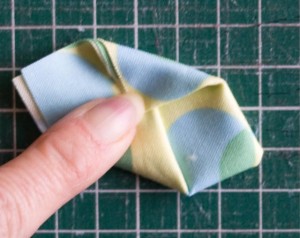
Now, fold the two straight edges together as if you were closing a book.

If you look at the shape you should have oneside that looks like this; folds at the top and open edges at the bottom.
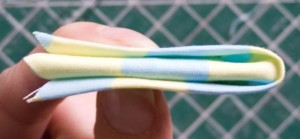
Don’t let go….
Now for some sewing. I know that it’s more usual to just thread these petals together at this point but I’ve sometimes found that the folds at the back can spring open. So, just to make sure that they don’t, I put a little stitch at the bottom – like so. (Now you’re pleased we threaded the needle first aren’t you? Caused me some grief that step….)
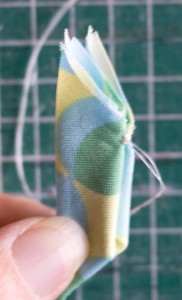
Next cut off the triangle of fabric at the bottom of the fabric shape – if makes it easier to gather up the petals when you’ve finished because it elimnates this unnecessary bulk.
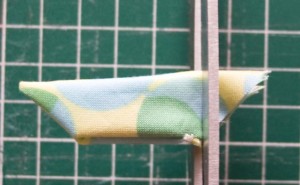
….seriously large scissors !…
That’s it, your first petal…. now you just have to make the others…
When you’ve made all your petals, the next step is to string them together. Use a doubled thread – don’t forget the knot in the end and string one large petal, followed by one small petal etc until all the petals are strung together. Don’t pull too tightly.
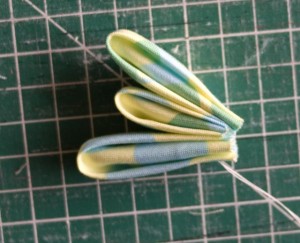
.. beginning to look pretty isn’t it?
Once all the petals have been strung together, pass the needle back through the first petal to join the circle.
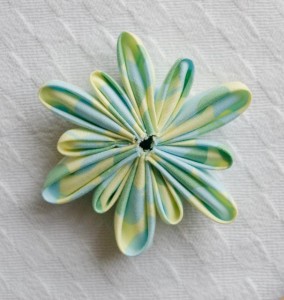
… almost there – just the finishing touches
I used a 29mm cover button, covered in the same fabric as my flower. (See this tutorial – Link). Again, you can use any kind of button or beads just to finish and decorate the middle of your flower.
Looking at your flower you may wish to just manipulate the flower petals into position before sewing on the felt. I think that this flower looks neater and more pleasing to the eye, if the top and bottom petals are opposite one another with the large side petals sticking out a bit like butterfly wings. The smaller petals will then sit nicely in-between.
It sometimes helps to use a little fabric glue to secure the button tightly to the flower (eliminates wiggles! – if you know what I mean) but I would always sew the button on too.
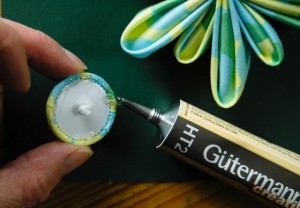
Use a little glue – just around the edge…
The next step involves cutting a small round of felt to create a backing for the brooch. It doesn’t need to be large because there’s no unsightlness involved in making this, but it gives something to sew a button and a brooch back on to.
Sew on your felt, but don’t pull too tightly or you risk distorting the shape.
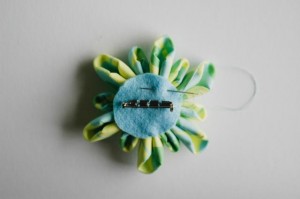
Sew on the brooch back – turn it over and admire it.

Pleased with it ?


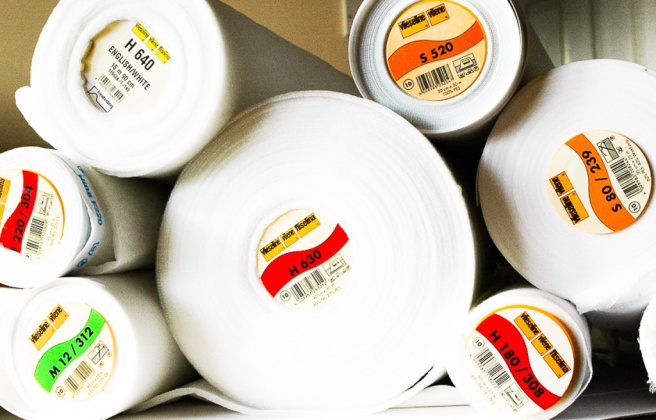
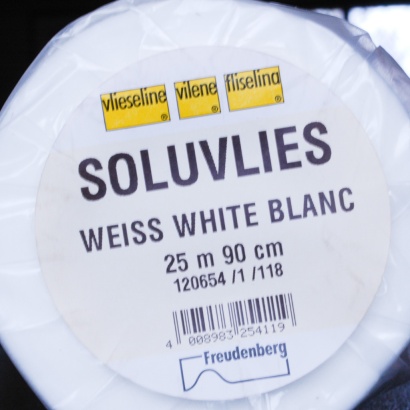
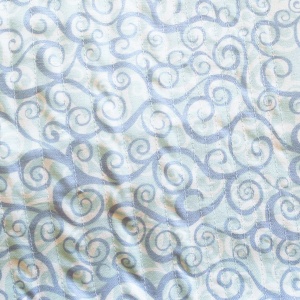
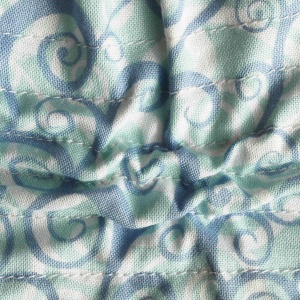
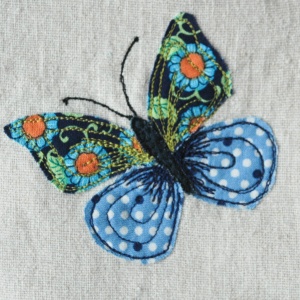

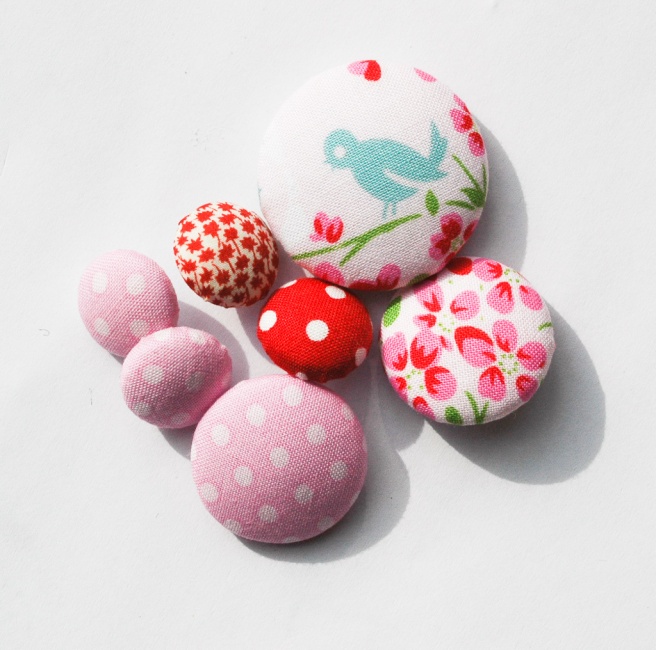
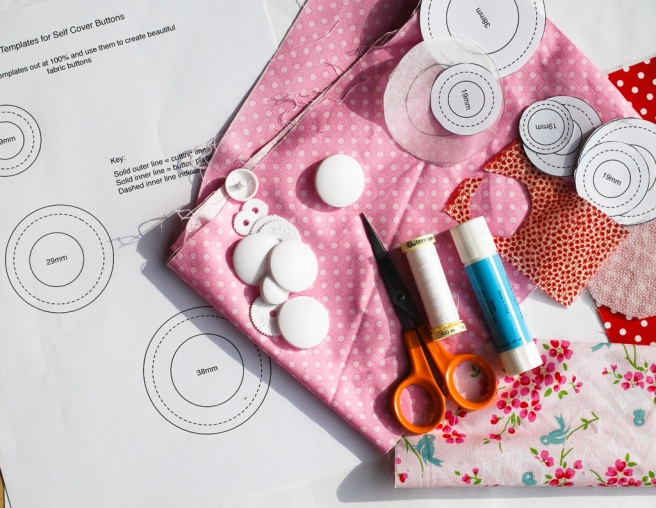
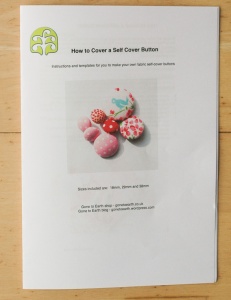


















 I
I